Erik S. Gellman - Troublemakers: Chicago Freedom Struggles through the Lens of Art Shay
Here you can read online Erik S. Gellman - Troublemakers: Chicago Freedom Struggles through the Lens of Art Shay full text of the book (entire story) in english for free. Download pdf and epub, get meaning, cover and reviews about this ebook. year: 2020, publisher: The University of Chicago Press, genre: Art. Description of the work, (preface) as well as reviews are available. Best literature library LitArk.com created for fans of good reading and offers a wide selection of genres:
Romance novel
Science fiction
Adventure
Detective
Science
History
Home and family
Prose
Art
Politics
Computer
Non-fiction
Religion
Business
Children
Humor
Choose a favorite category and find really read worthwhile books. Enjoy immersion in the world of imagination, feel the emotions of the characters or learn something new for yourself, make an fascinating discovery.
- Book:Troublemakers: Chicago Freedom Struggles through the Lens of Art Shay
- Author:
- Publisher:The University of Chicago Press
- Genre:
- Year:2020
- Rating:3 / 5
- Favourites:Add to favourites
- Your mark:
Troublemakers: Chicago Freedom Struggles through the Lens of Art Shay: summary, description and annotation
We offer to read an annotation, description, summary or preface (depends on what the author of the book "Troublemakers: Chicago Freedom Struggles through the Lens of Art Shay" wrote himself). If you haven't found the necessary information about the book — write in the comments, we will try to find it.
Troublemakers fuses photography and history to demonstrate how racial and economic inequality gave rise to a decades-long struggle for justice in one American city.
In dialogue with 275 of Art Shays photographs, Erik S. Gellman takes a new look at major developments in postwar US history: the Second Great Migration, white flight, and neighborhood and street conflicts, as well as shifting party politics and the growth of the carceral state. The result is a visual and written history that complicatesand even upendsthe morality tales and popular memory of postwar freedom struggles.
Shay himself was a troublemaker, seeking to unsettle society by illuminating truths that many middle-class, white, media, political, and businesspeople pretended did not exist. Shay served as a navigator in the US Army Air Forces during World War II, then took a position as a writer for Life Magazine. But soon after his 1948 move to Chicago, he decided to become a freelance photographer. Shay wandered the city photographing whatever caught his eyeand much did. His lens captured everything from private moments of rebellion to era-defining public movements, as he sought to understand the creative and destructive energies that propelled freedom struggles in the Windy City.
Shay illuminated the pain and ecstasy that sprung up from the streets of Chicago, while Gellman reveals their collective impact on the urban fabric and on our national narrative. This collaboration offers a fresh and timely look at how social conflict can shape a cityand may even inspire us to make trouble today.
Erik S. Gellman: author's other books
Who wrote Troublemakers: Chicago Freedom Struggles through the Lens of Art Shay? Find out the surname, the name of the author of the book and a list of all author's works by series.

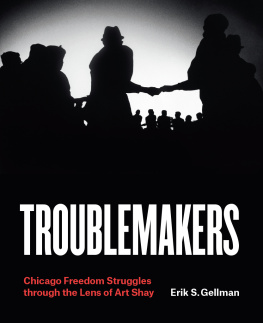

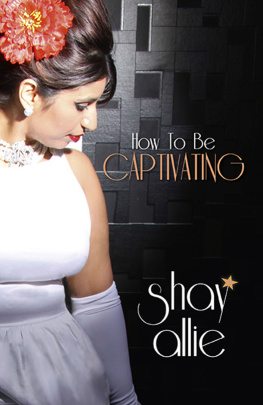




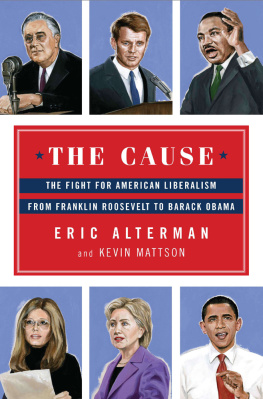
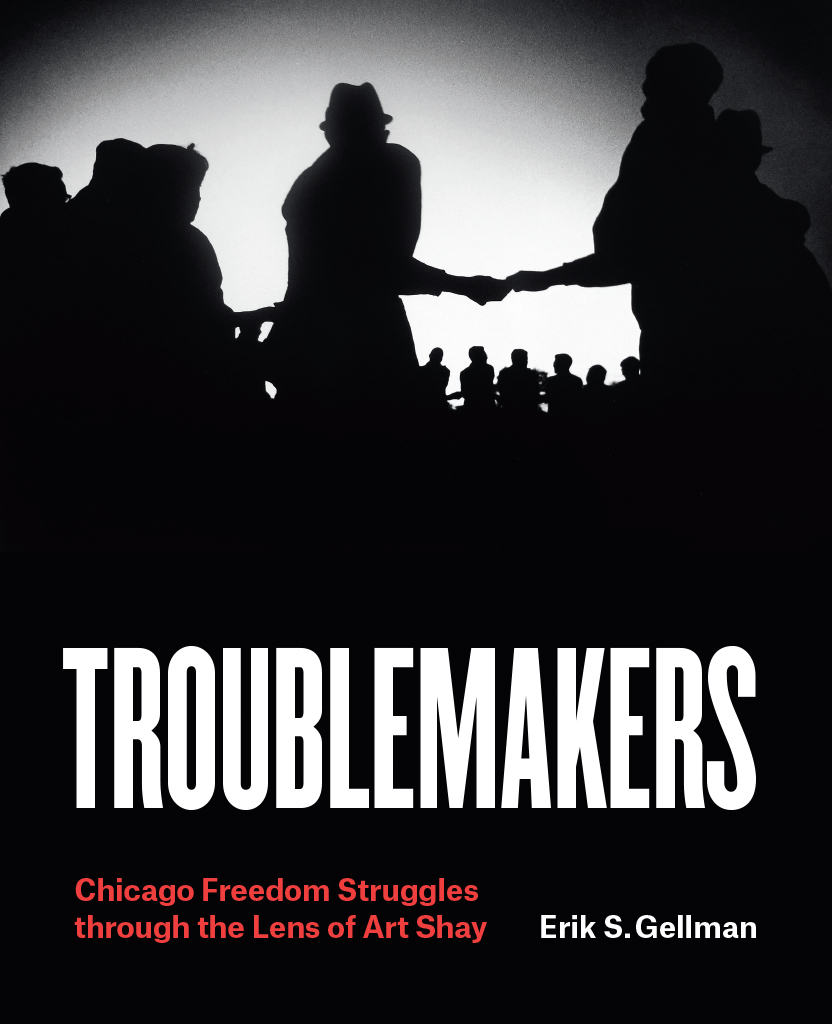
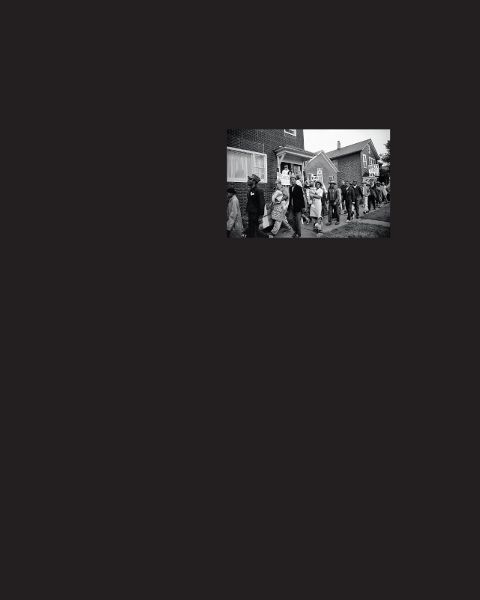
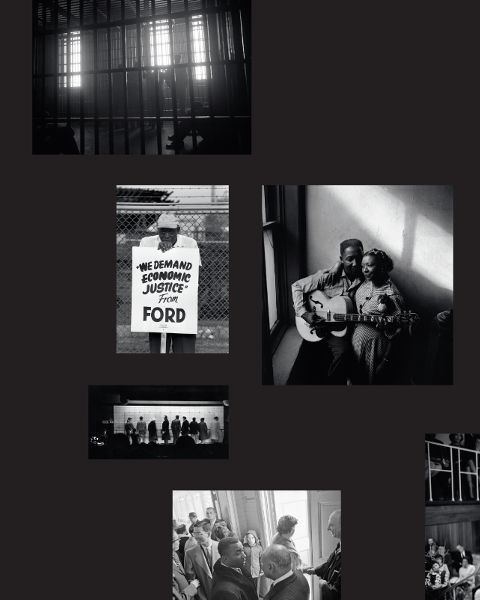
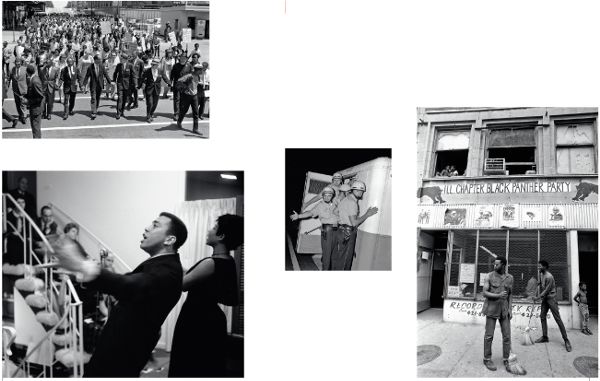



 This paper meets the requirements of ANSI/NISO Z39.48-1992 (Permanence of Paper).
This paper meets the requirements of ANSI/NISO Z39.48-1992 (Permanence of Paper).